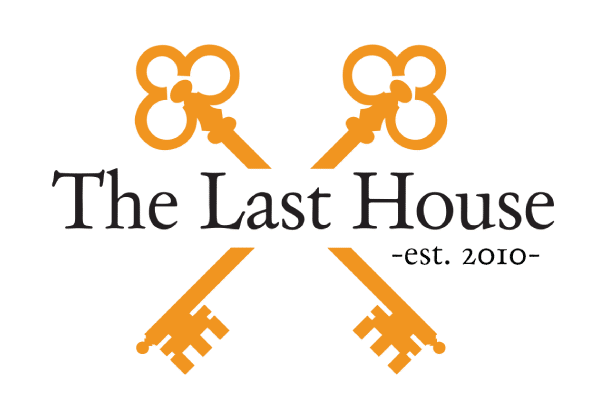They often say that recovery doesn’t end when the individual leaves rehab. Instead, recovery is usually just beginning, and the individual must prove they’re ready to apply what they learned in rehab. This transition is one of the most crucial moments in the addiction recovery process.
Some individuals will handle this transition with ease. They’ll start a new chapter in their life and will immediately find success in their recovery after rehab. Others, unfortunately, won’t have such an easy transition and will struggle to grow independent from drugs following rehab.
The good news is those people aren’t alone, and there are programs out there designed to make this transition easier. That’s where sober living houses come into play – which we’ll discuss in more detail below!
What is Sober Living?
Sober living, also known as transitional living, is a program that allows former drug addicts to successfully transition from addiction treatment to independent living – free of drugs and harmful substances. These individuals are under direct clinical supervision during their residency.
Once proof of sobriety is achieved (in rehab or in general), individuals have two options – return to normal living without the direct supervision of a professional or continue that transition with professional help. Sober living facilities provide that professional help during the transition.
Sober houses, unlike halfway houses, don’t require the individual to be involved in rehab. However, they require the individual to be sober, with the main goal of maintaining that sobriety. It helps the individual transition back into a society that doesn’t involve using drugs.
How Do Sober Living Houses Work?
In order to be accepted into and continue staying at a sober living house, individuals must follow a number of rules set forth by the sober living facility. For example, they must’ve completed detox and be working towards long-term sobriety. They also must pay monthly rent and fees.
Individuals will have certain responsibilities and household duties that must be completed without complaint. They must attend house meetings and support group meetings and are generally required to stay a minimum of three months (90 days) before making the transition.
There are four primary levels of sober houses. Level 1 sober living has minimal requirements. Level 2 involves being monitored by paid staff, Level 3 involves being supervised by certified staff, and Level 4 involves adding credentialed staff and integrating clinical facilities.
What is it Like in a Sober Living House?
Individuals learn a lot of important skills and behaviors when living in a sober house. For example, they learn how to live with others, how to budget their expenses, manage their time, hold themselves accountable for their actions, control their behavior, and find purpose in life.
Living in a sober living house can often be broken down into three major phases. Let’s take a closer look:
- Restrictive Phase – involves a mental detox that helps introduce the individual to living in a sobriety house. Restrictions are often at their peak during this stage as they transition.
- Reintroduction Phase – during this stage, the individual gains some freedom and is usually allowed to attend work and school. They start gaining basic responsibilities.
- Self-Sufficiency Phase – this stage is where the individual starts to make their own decisions, though they are asked to report to staff. Eventually, they transition to independent living.
There are also a number of requirements that individuals must meet and maintain while living in a sober house. Let’s take a closer look:
- No drugs, alcohol, or other harmful substances that might trigger a relapse.
- Frequent and random drug tests or screenings to hold individuals accountable.
- No overnight guests and limited transportation, especially in the early stages.
- Individuals must participate in a combination of support groups and house meetings.
- Must be involved in some form of work, schooling, or outpatient program.
- Must be well-received by others living in the house and not cause any issues.
- Residents usually have a number of chores and responsibilities to complete around the house.
- Residents must keep up with the monthly rent and fees associated with living in a sobriety house.
- No sexual relationships with other residents in the sober house.
Every sober living house is different, but they all have the same goal – to help the individual transition back into a normal lifestyle that doesn’t involve the use of drugs or other harmful substances. Under direct supervision, individuals are in a controlled environment every day.
How to Find Sober Living in California
Are you looking for sober living houses in Southern California? Have you recently completed treatment for addiction recovery? Do you feel like you’re not fully ready to make the transition to independent living? Are you worried you might relapse if you don’t have the necessary supervision and support? If so, then don’t worry; you’re not alone!
Here at The Last House, we specialize and take pride in our ability to give individuals the necessary tools, resources, guidance, and assistance when making that transition back to everyday life. Contact us today to learn more about our treatment program or sign up for sober living!


Leave Your Comment